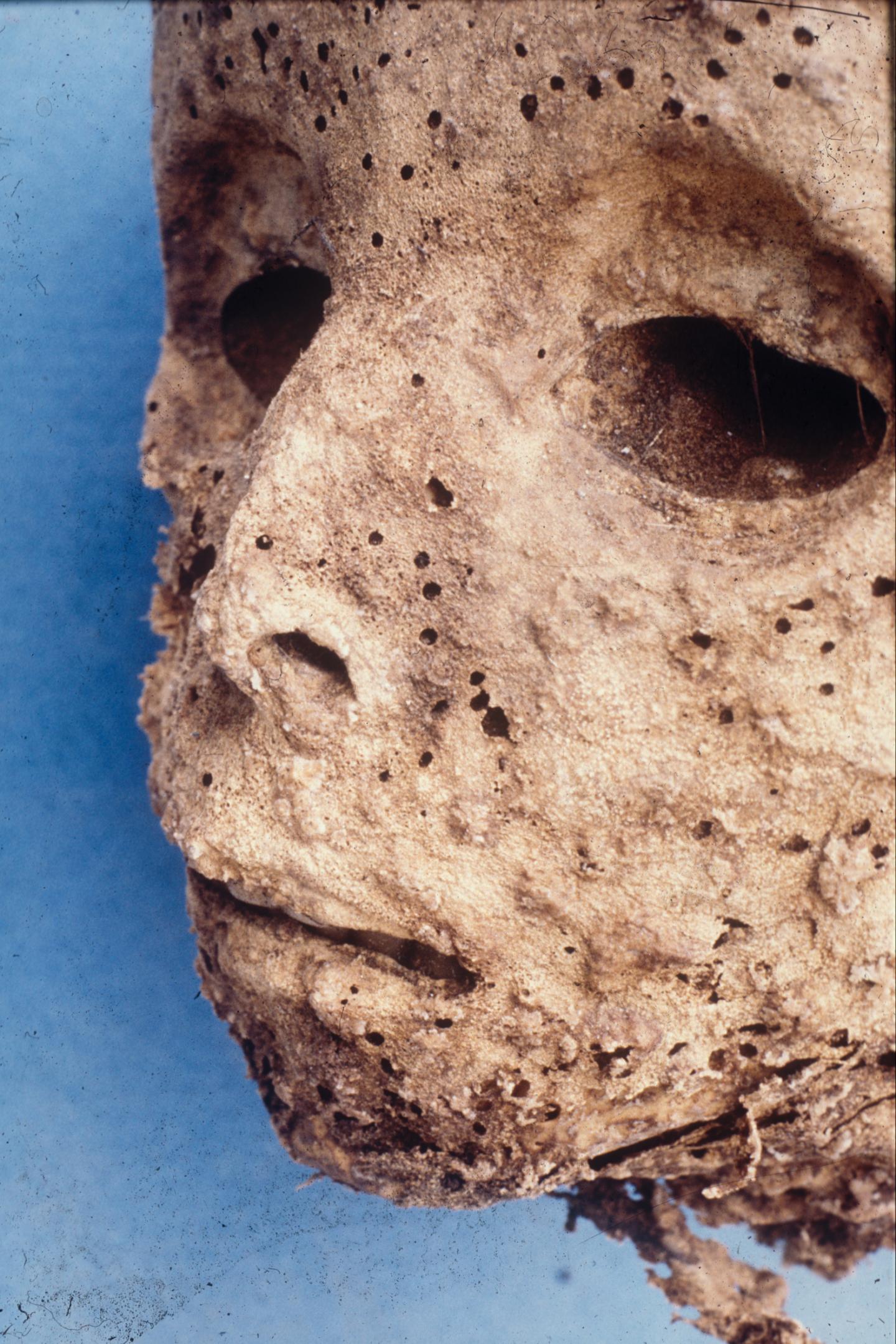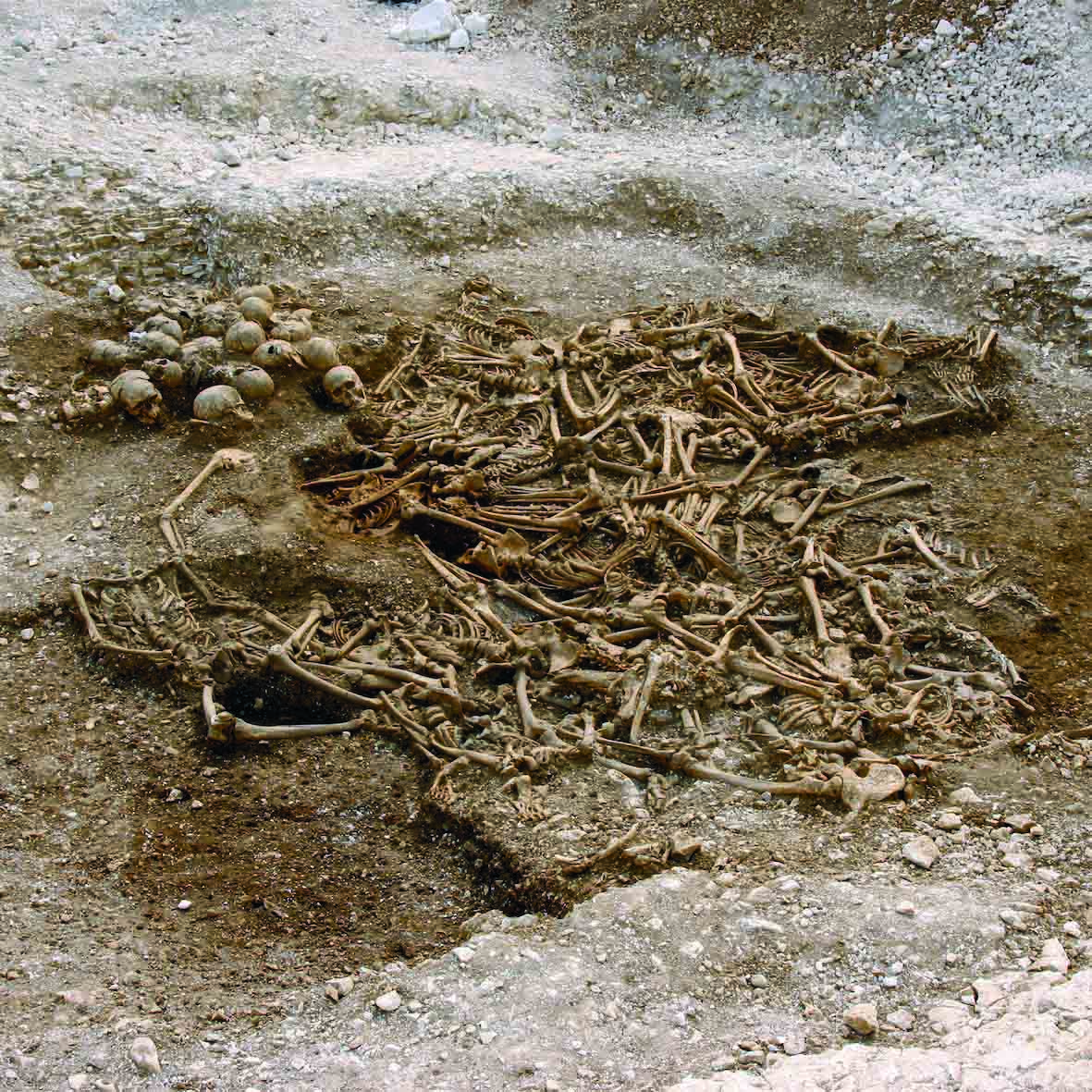
HAMILTON, CANADA—Hendrik Poinar of McMaster University and Edward Holmes of the University of Sydney led an international team of scientists who have sequenced the complete genome of a strain of hepatitis B dating back hundreds of years, according to a report in The Star. They obtained the sample of the virus from the naturally mummified body of a two-year-old girl kept in the sacristy of the Basilica of Saint Domenico Maggiore in Naples, Italy. It had been thought the child had died of smallpox, due to the rash-like scars on her face and body. When the researchers failed to find any genetic evidence of smallpox in the samples of the child’s skin and bones, they looked for a genetic match with other disease-causing organisms. The test results suggest she may have suffered from Gianotti-Crosti syndrome, a rare childhood disease that can follow hepatitis B infection. “That’s a rash that breaks out extensively on children and it can cause death,” Poinar said. The scientists also found that the sixteenth-century strain of hepatitis B virus differed very little from modern-day iterations of the virus. For more, go to “Diagnosis of Ancient Illness.”











